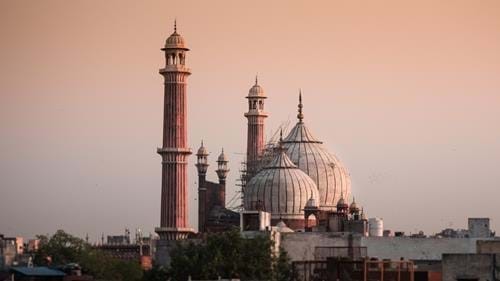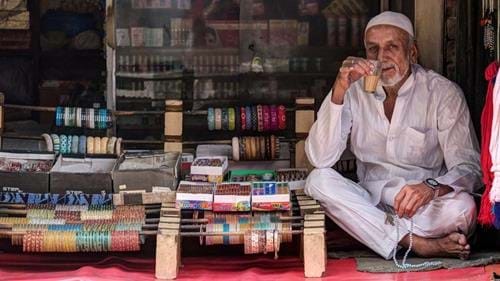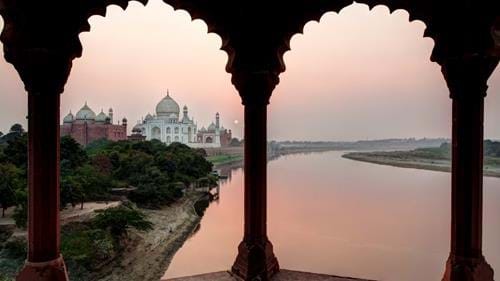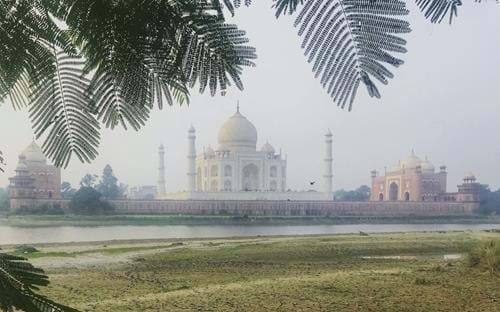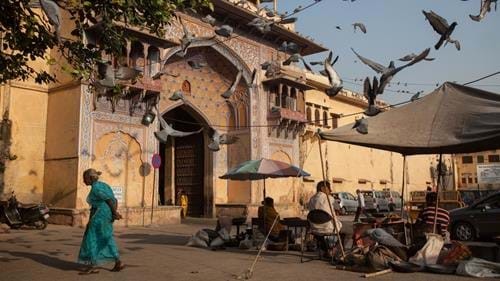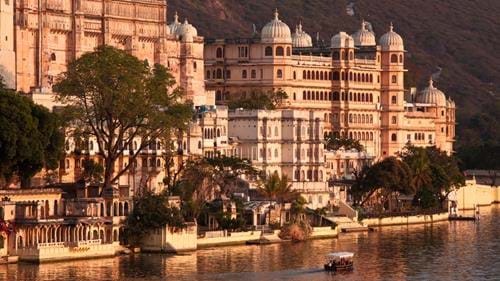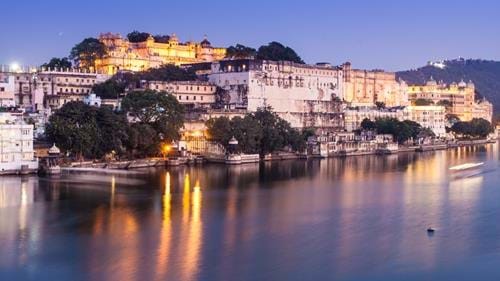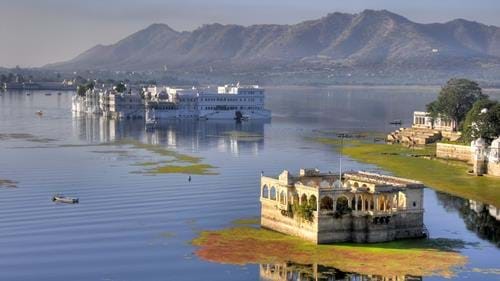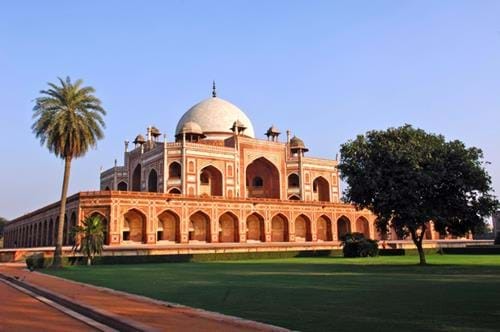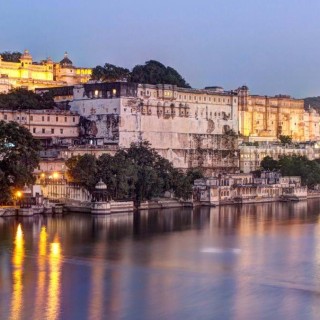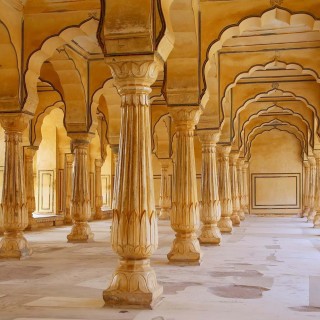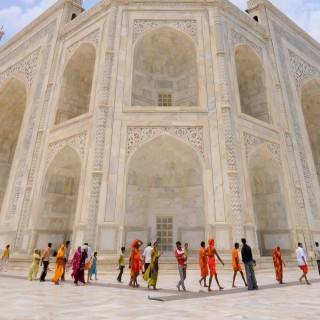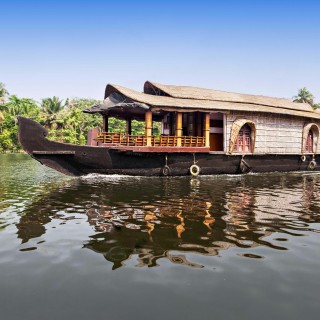Tailor-Made Tour
- Duration10 Days
- Flights IncludedYes
- Prices From £ 2350
 Places Visited :
Delhi, Agra, Jaipur, Udaipur,
Places Visited :
Delhi, Agra, Jaipur, Udaipur,
Experience the great monuments of Rajasthan and India’s ‘Golden Triangle’ for half the normal price. Travel in the off peak period between April and september and you’ll find the tomb gardens, palaces and forts of northern India far less busy, while the discounts offered by hotels in the region mean you can enjoy five-star luxury throughout – for a fraction of the cost.
But how about the weather? Is it too hot and wet to travel at this time of year? The short answer is ‘no’. Periodic downpours and frequent cloudy skies keep the temperatures restrained, while the rain has a transformative effect on the Mughal and Rajput buildings. After a refreshing downpour, the white marble of the Taj Mahal glistens magnificently; the sandstone domes and pillared courtyards of the Emperor Akbar’s former palace complex at Fatehpur Sikri adopt a rich, red hue; and the farmland of the northern plains turns from a dry dustbowl into a lush patchwork of vegetation.
We’ve devised a tour perfectly adapted to the monsoon conditions and which takes full benefit of these off-season reductions. So if you are restricted to travelling in the European summer, then this trip is for you!
Highlights
✓ Luxury five-star hotels throughout
✓ Sunset and sunrise at the Taj Mahal
✓ Guided tour of Fatehpur Sikri
✓ Old Delhi’s great Mughal mosque, the Jama Masjid
✓ The tomb gardens of South Delhi
✓ Amber Fort and the ‘Pink City’ of Jaipur
✓ Udaipur’s fairy-tale palaces
✓ Souvenir shopping in some of the country’s finest emporia
Remember, this trip can be personalised to suit your travel needs - we can tailor everything from hotel, travel type, duration and more.

